Let us take a look at caregiving and the LGBTQ community; the unique challenges they face and some of the organizations that are working in this domain.
Contents
Caregiving is increasingly becoming an essential social service sphere as the population of older adults grows. The caregiving service providers are working to find the most effective methods to provide care to the community.
All caregivers support and provide care to an individual. However, some caregivers differ slightly because of their community.
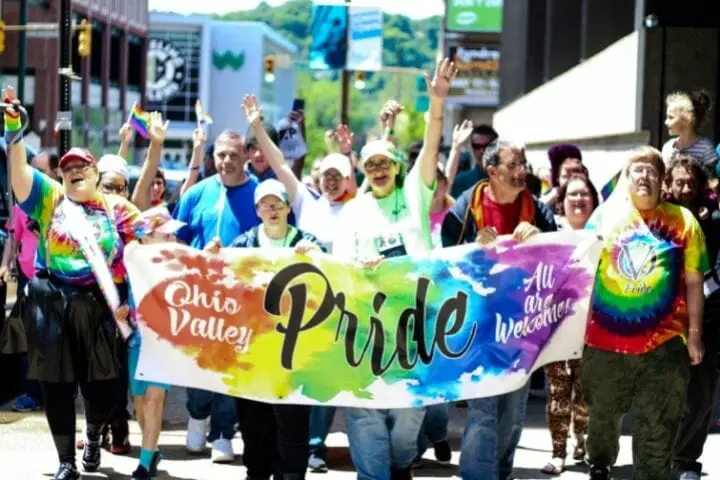
Some caregivers belong to the LGBT community, but it doesn’t make them different from typical caregivers. These caregivers only differ because they have unique experiences and understand things differently.
Similarly, the caregivers that support LQBTQ patients have an understanding of this uniqueness and provide the intervention to meet their needs.
People should use this guide’s practices to support and reach these LGBT caregivers. Let’s dive into the article to get an overview that will help us understand the caregiving steps and LGBTQ community.
Caregiving in the LGBT Community
Caregiving is a generous act of providing care and support to an individual with chronic disease for an extended period. However, LGBT older adults require the right caregiver who understands their unique needs.
They have had bad memories of experiencing discrimination in the past. The LGBTQ seniors make up 2.7 million of the population of the U.S. The population of LGBT older adults is growing rapidly, and researchers expect it to double by 2030.
As people age, they need assistance to complete their household work and daily activities. Many unpaid caregivers help another older person by providing care and assistance.
Older transgender people may develop serious health problems and need critical care 24 hours a day. These people may not reach for help from professionals because of their different sexual orientation and their perception of past discrimination. Therefore, these people need to learn the available services and programs for the LGBTQ community.
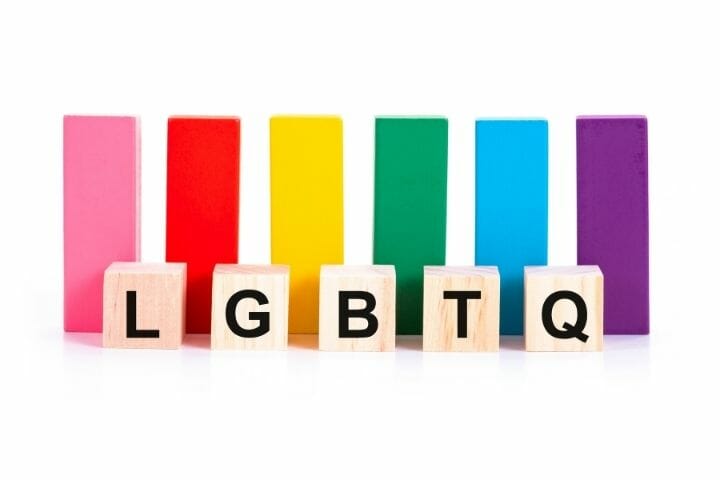
LGBT caregivers comprise 9% of all care service providers in America. These caregivers provide care to all adults over age 50. These caregivers come from different kinds of backgrounds and offer care services in a variety of distinct relationship structures.
However, with the help of their experience and unique needs, these caregivers can care for an older transgender adult with more ease than others. LGBT people often participate in community services. LGBT people are more credible to become caregivers than non-LGBT peers due to their ideals to help others.
Most people get care from their partners, spouse, or children. However, LGBT people are four times less likely to have children and two times more likely to be single when compared to non-LGBT people.
If these people don’t have any family to rely on, they can rely on families of their choice, including close friends, partners, few relatives, or ex-partners. Usually, LGBT older adults rely on another senior’s close friend for caregiving.
Challenges That LGBTQ Caregivers Face
LGBT caregivers are more likely to suffer from physical and severe mental health issues. These caregivers also deal with stress from everyday life of providing care to a person with cognitive, physical, or psychological impairments.
A study shows that combined stresses that LGBT caregivers experience lead to worse physical and mental health. The growing number of LGBT population means there is a higher requirement of caregivers for LGBT seniors.
This study also shows that 1 in 4 LGBT are caregivers, while 1 in 6 heterosexual men are caregivers. Among the LGB and heterosexual caregivers, the mental health condition of LGB caregivers is much worse.
The LGBT caregivers have weak mental health is due to the bullying and discrimination they experience in their schooling year. It can also affect their academic goals and increase the risk of taking part in dangerous activities.
The LGBT caregivers also reach out and support other LGBT youth. Many LGBT caregivers don’t receive professional medical help due to fear of discrimination.

How Do You Provide Culturally Competent Care and Support to LGBTQ Patients?
With the guidance of the information below, you can support and provide care to LGBTQ patients:
Become informed
A conversation about the LGBTQ community and sexuality can help an individual LGB to feel more comfortable. However, most people don’t know the right terms and respected pronouns and lack conversation.
Many organizations, including Trevor Project and PFLAG, offer resources that provide appropriate information on the LGBT community. It helps other caregivers to get sufficient knowledge and understand many LGBTQ terms and concepts. Understanding other LGBT people will make caregiving easier.
Each LGBTQ patient is different because of their backgrounds, such as race, religion, or disability. When researching the best way to provide care and support, caregivers should keep these additional identities in their minds. Awareness plays an important role in the process of caregiving the community.
Stay involved
Caregivers should involve their LGBT patients in events including, family gatherings, community-based activities, and visits to more events. It helps in supporting the identity of LGBT patients.
Caregivers can also show support by staying updated about their life, partners, and friends. Getting involved in the life of patients can help you understand their needs more efficiently.
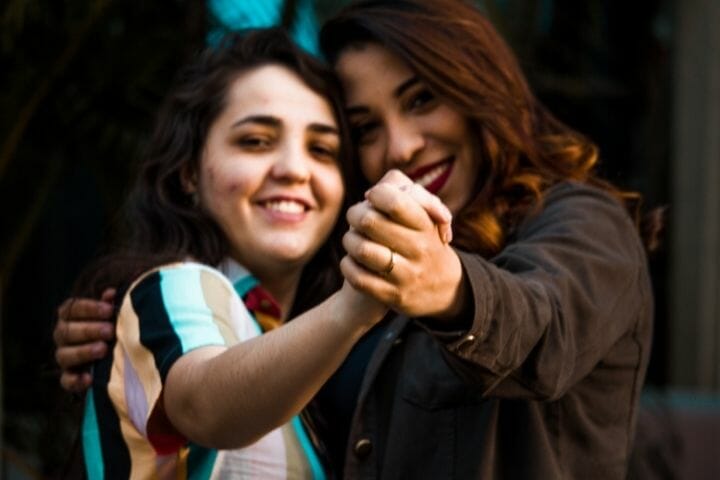
Provide support
Caregivers should support their patients through many forms available for them. A caregiver can use compliments as a way to show support. Try complimenting the clothing style of the patient while expressing their gender identity.
A caregiver also shows support through positive comments on LGBTQ characters from books or movies. Caregivers also contribute to conversations related to different sexual orientations.
Provide opportunities to open up
Many caregivers use strategies such as opening up a dialogue to grab the opportunity for conversation with their LGBTQ patients. Discussing gender identity or sexual orientation can help caregivers understand their needs and make their patients more comfortable.
Express unconditional love
Caregivers should show their patients kindness and remind them that they accept and love them throughout their caregiving journey. It will help ease the LGBT patient and make them feel understood.
Three Types of Caregivers
There are three types of LGBT caregivers available for patients.
LGBT seniors caring for other LGBT seniors
In this system, the LGBT older adults get care from the families of choice and critical support in their times of need, usually when they have no biological family.
These LGBT patients usually don’t see them as caregivers because they think they are doing the right thing for their spouse or close friend. However, when the care recipient and caregiver are older adults, they may experience some difficulties completing their daily activities or need some other type of assistance.
LGBT older adults offer care to another LGBT person in isolation. A gay man providing care to his husband or a lesbian woman caring for her close friend is one example of this type.
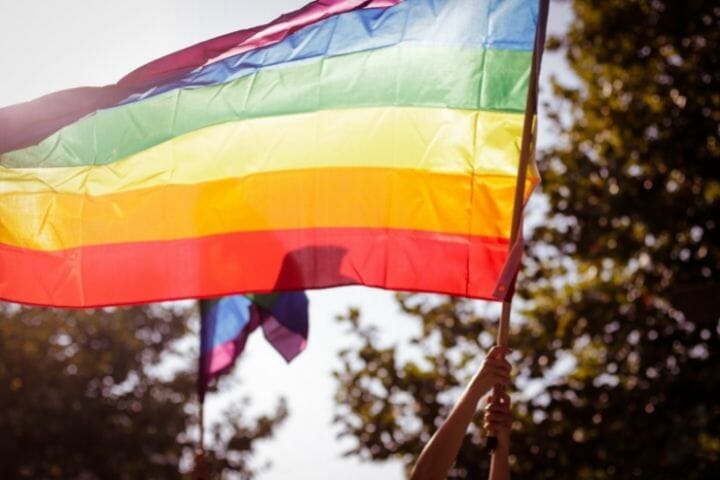
LGBT caregivers caring for an aging person
People who identify as LGBT can participate in caregiving and provide care to their parents or other family members. Usually, when an aging person needs care from a group of siblings, the LGBT member has more chances to become the primary caregiver for their parents.
The relatives perceive them to have more available time as they are likely not to have any children. A lesbian daughter caring for her aging father is an example of this type of caregiver. These caregivers generally are younger or middle-aged adults that offer care and support to aging parents or relatives.
Non-LGBT caregivers caring for LGBT older adults
When a non-LGBT member provides care and support to LGBT seniors is the ultimate type of support to the LGBT community. These caregivers seek professional provider resources for their care recipients to provide the most effective care and fulfill their needs.
Usually, LGBT older adults have a quiet, isolated personality, and it becomes difficult for a caregiver to understand their needs. These people may seek assistance from LBGT programs available in their local LGBT community.
A neighbor concerned about the isolated lesbian woman next door or a niece offering caregiving to her transgender aunt is an example of another type of caregiving.
Where Can You Find LGBT-Friendly Care?
There are many organizations that provide care and support to the LGBTQ community in the U.S. Some organizations are:
- PFLAG
- GLEN
- The Trevor Project
- Human Rights Campaign
- It Gets Better Project
- Family Acceptance Project
- Johns Hopkins Medicine
- SAGE
- LGBT National Help Center
- National Resource Center on LGBT Aging
- Gay and Lesbian Medical Association
- Family Caregiver Alliance
- American Psychological Association
- The Centers for Disease Control and Prevention
- Metropolitan Community Churches
- World Professional Association for Transgender Health
- U.S. Department of Veterans Affairs
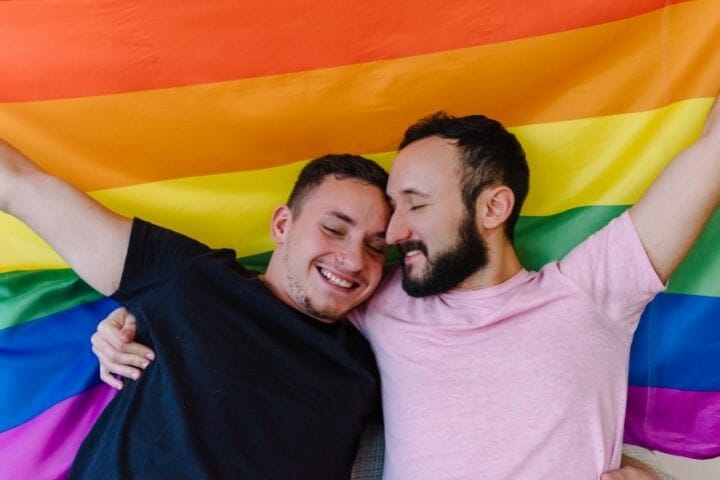
Wrap Up
With caregiver support emerging as an essential priority for agencies that provide aging services, many providers are looking for the most effective methods to provide care to individuals.
However, not all people are the same; some people have different sexual orientations that make it challenging to provide care to those people due to their needs. The LGBT seniors rely only on families of choice for their care.
The LGBT caregivers have an understanding of gender identities which helps LGBT older adults to get required care and support. However, regular caregivers also deliver support and services to these seniors with the help of modified interventions for the LGBTQ community.
We hope this article has been able to underline the challenges faced by the LGBTQ community in terms of both giving and receiving care. If you have questions, comments, or opinions that you would like to share, kindly drop them in the comments section below.
If you liked the content, feel free to share it with your social networks and other groups.
